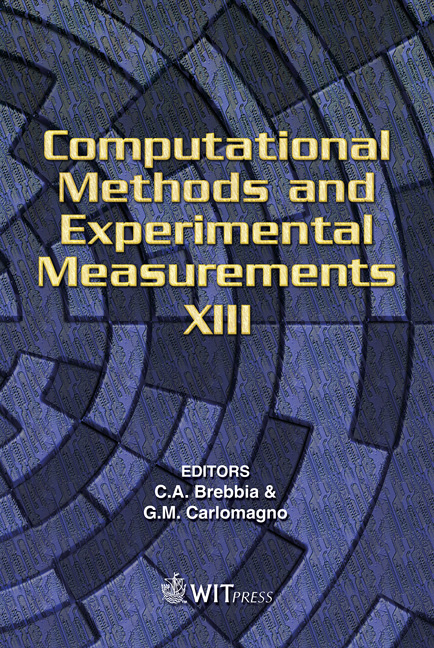Use Of Correlation Of Iron Loss And Copper Loss For Improving The Efficiency Of Three Phase Squirrel Cage Induction Motors
Price
Free (open access)
Transaction
Volume
46
Pages
10
Published
2007
Size
1,408 kb
Paper DOI
10.2495/CMEM070211
Copyright
WIT Press
Author(s)
B. B. Saanane, A. H. Nzali & D. J. Chambega
Abstract
So far computation of iron (core) losses in induction motors cannot be performed through exact analytical methods but is dependent mainly on empirical formulae and experience of motor designers and manufacturers. In comparison to copper losses, which are to a larger extent easier to calculate, iron losses are mostly associated with some practical parameters, for example the type of material and manufacturing conditions. This paper proposes a new correlation between these two losses with the aim of getting minimized total machine loss in order to improve the efficiency. A total loss prediction model is developed on a matlab 6.5 platform such that the optimal airgap magnetic flux density and airgap length points are established which offer minimized total loss, min(Pfe + Pcu). These points are then used to reconfigure a new motor geometry with a minimized total loss. The new motor design approach was simulated on a 2D-FEM to analyse the new motor response. Experimental results which agree with the results of the design show an improvement of motor efficiency. Also, empirical formulae are developed and validated which can greatly assist motor designers. Keywords: total loss model, optimization, analysis, design formulae, motor efficiency. 1 Introduction Electrical motors in general, and industry’s \“workhorse ” AC induction motors in particular, represent a great potential and realizable energy savings. Motors account for approximately 64% of electricity consumption in the US, at a yearly
Keywords
total loss model, optimization, analysis, design formulae, motor efficiency.





